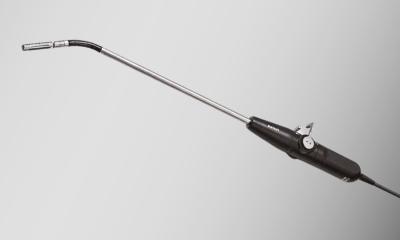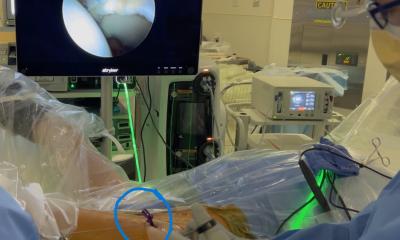Hemicorporectomy
By Rostislav Kuklik
The second successful hemicorporectomy has been done several months ago by Frantisek Antos and his surgical team from Faculty hospital Bulovka.
They operated on now 35-years old biker who suffered a motorbike accident in the age of 19 with a serious spinal cord injury, and has been paraplegic since then. Because of many complications including inflammatory focuses in his crumbling-away pelvis and deep infected bed-sores, the patient had to undergo hardly believable total of 32 operations including colonostomy and urethrostomy but was still struggling for his life. The surgeons decided to cut the patient’s body in half (hemicorporectomy is sometimes also referred to as halfectomy or translumbar amputation) in between third and fourth lumbar vertebrae (L3-L4) but because of post-operative complication, they had to go up one vertebra yet (L2-L3) and split it off too. This is the second successful hemicorporectomy out of the three done at Faculty hospital Bulovka as the first one had been done by Prof Antos’ team seven years ago on then 34-years old male patient. It must be hence said that also patient’s will to live, in addition to good health condition and young age, is one of the most important assets needed for successful healing and survival. This hasn’t been the case for the last patient with attempted hemicorporectomy, a 65-years old male who unfortunately died within a month after operation due to lack of strength to live and the kidney failure. The first hemicorporectomy was performed by Charles Kennedy in 1960 in Detroit on 74-years old male patient with locally invasive rectal cancer who lived for 10 days before dying of pulmonary oedema. In October 1961, J. Bradley Aust operated on a 29-years old paraplegic with malignant tumor in the decubitus ulcer. This was the first successful operation and the patient survived for full 19 years.
07.01.2008





